Vehicular Simulators Market Summary
As per MRFR analysis, the Vehicular Simulators Market Size was estimated at 2.34 USD Billion in 2024. The Vehicular Simulators industry is projected to grow from 2.534 USD Billion in 2025 to 5.625 USD Billion by 2035, exhibiting a compound annual growth rate (CAGR) of 8.3 during the forecast period 2025 - 2035.
Key Market Trends & Highlights
The Vehicular Simulators Market is poised for substantial growth driven by technological advancements and increasing safety regulations.
- North America remains the largest market for vehicular simulators, driven by a robust automotive industry and technological innovation.
- The Asia-Pacific region is emerging as the fastest-growing market, fueled by rising investments in advanced driver training solutions.
- Motion simulators dominate the market, while non-motion simulators are experiencing rapid growth due to their cost-effectiveness and accessibility.
- Key market drivers include the rising demand for driver training solutions and the increased focus on road safety regulations.
Market Size & Forecast
| 2024 Market Size | 2.34 (USD Billion) |
| 2035 Market Size | 5.625 (USD Billion) |
| CAGR (2025 - 2035) | 8.3% |
Major Players
Siemens (DE), Ansys (US), Dassault Systemes (FR), MathWorks (US), NI (US), Amesim (FR), Altair (US), IPG Automotive (DE)



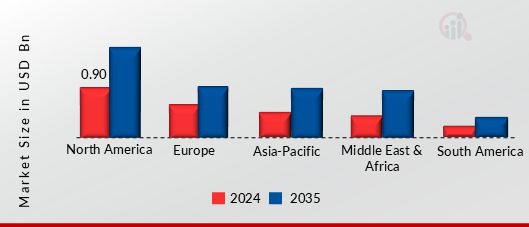
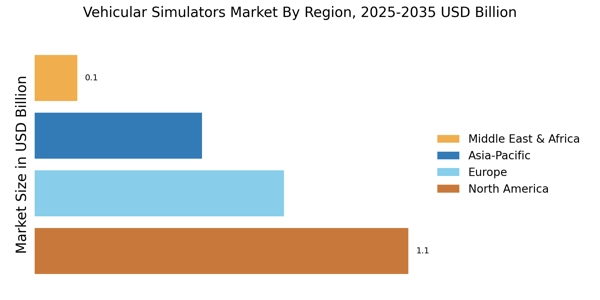
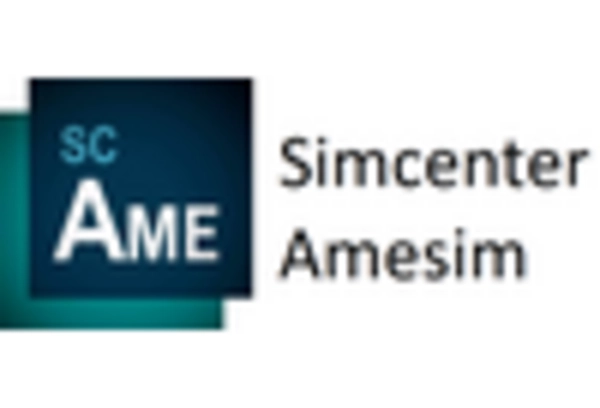

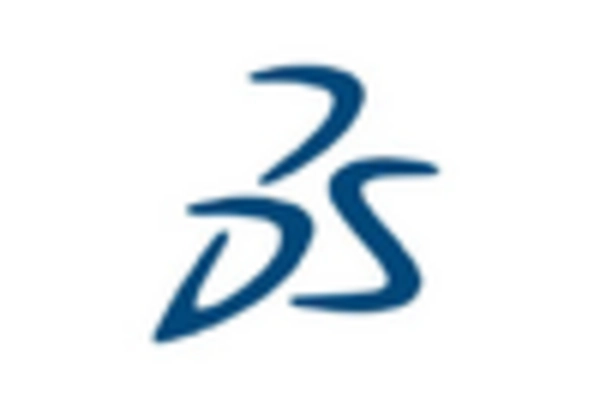
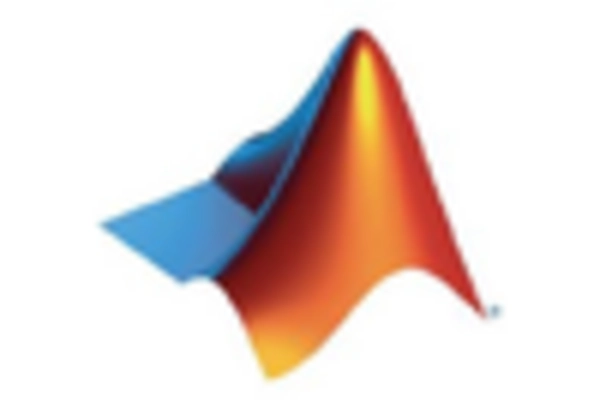










Leave a Comment